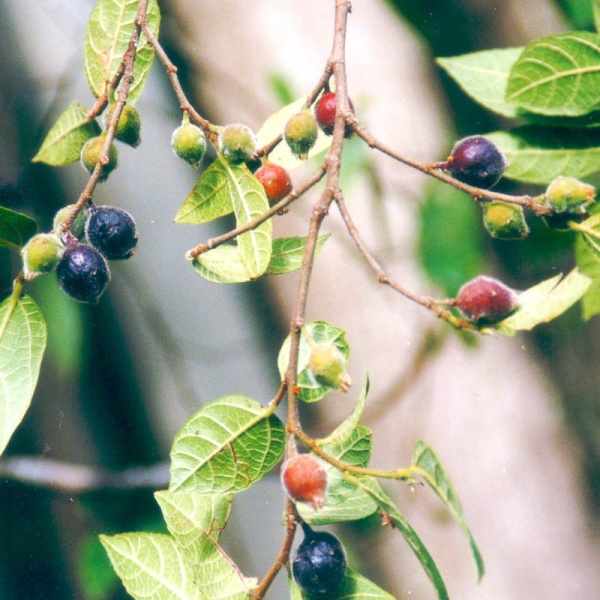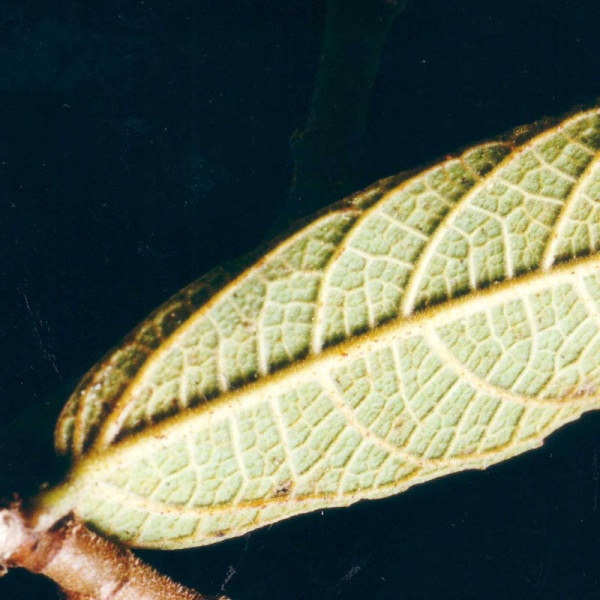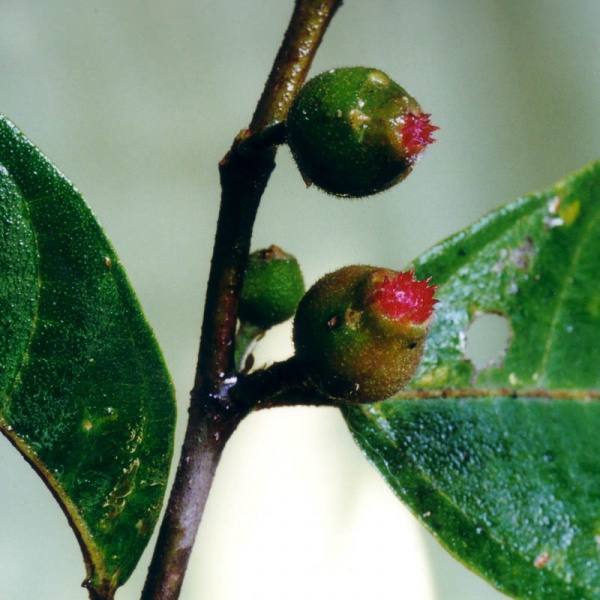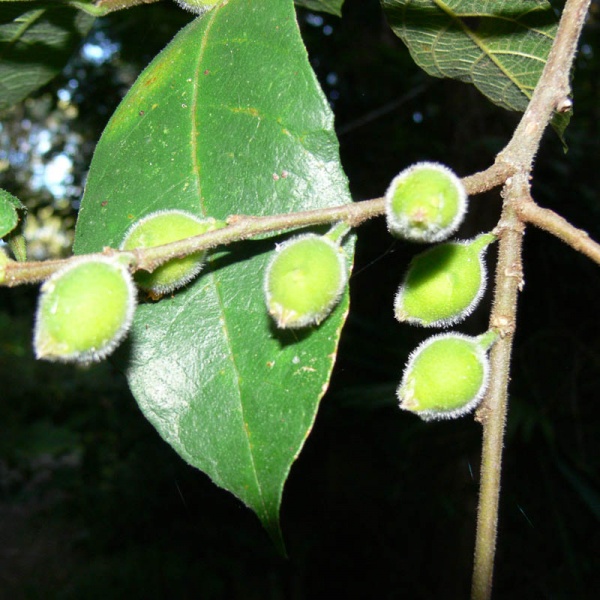Scientific Name: Ficus coronata
-
Pronunciation:FY-cus (or FEE-cus) cor-oh-NAR-tah
-
Common Name:Creek Sandpaper Fig




-
Derivation:Ficus: L. ficus - the edible fig||coronata: L. coronatus - crowned. (Refers to the crown of bristles at the tip of the fig.)
-
Type:
-
Family:MORACEAE
-
Flowers:occur inside the fig male and female on different trees.
-
Fruit:furry, dark
-
Vegetation Type:Dry and Subtropical Rainforests and along scrubby watercourses,
-
Species List:Kennilworth Fig Tree Walk, W2, Bush food, Bush medicine, Craft, Community Gardens, Wooroi Day Use Area Tracks, BSDoonan, Old Tewantin, Regional Ecosystem 12.3.1., Stratford Park, Cranks Creek, Upper Yandina Creek, Kin Kin Scrub, BHNR, Heritage Park
Cultural Notes
TAKE CARE! Some information about bush foods and medicines may be anecdotal. Correct identification and preparation is essential:
Tool: Leaves used for smoothing weapons and other surfaces.
Bush Food: very tasty fruit eaten, peel off hairy skin first.
Bush medicine: Used as a laxative. Milky exudate applied to small wounds, warts and infections such as ringworms, as an effective healer.
Identification Notes
Leaves: Sand-papery, alternate, serrated; |Fruit: purplish brown all year on trunk as well as in leaf axils. |Clear watery latex present |Branchlets: hairy |Fig: hairy
Associated Fauna
Butterfly host plant: Common australian crow. Common Moonbeam.||The figs are important in the diet of many birds and bats and could be planted for that purpose.||
Landscaping Notes
Noosa Council Preferred Species list. Successfully propogated by Noosa & District Landcare. Fire retardant species. ||Useful for consolidating the banks of streams against erosion as it is fast-growing and has a binding root system. ||Propagation is from seed, ripening January to July; and from cuttings. Figs will grow in a range of well-drained soils with adequate water.||Successfully propagated by Tin Can Bay City Farm Nursery.||Successfully propagated by Mooloolah Native Nursery||Successfully propagated by Barung Landcare||


